The Royal Navy’s drone specialists joined forces with the US Army in South Korea to test how uncrewed systems could deliver supplies and evacuate casualties in combat conditions.
At the Rodriguez Live Fire Complex, 700X Naval Air Squadron flew a Malloy T-150 drone alongside the Eighth Army. The aim was to explore how technology could tackle one of the toughest challenges in warfare: moving equipment and personnel quickly in contested environments.
The trials showed the drone could carry ammunition, water and medical kits over operational distances, and potentially assist with casualty evacuation if other routes are blocked.
Lieutenant James Couling, flight commander of 700X NAS, said: “This joint training in South Korea is outstanding. It allows us to operate in a new environment, practice carrying different types of supplies, and integrate with US forces as we test concepts for personnel movement and even casualty evacuation by drone.”
Planning the event took six weeks, involving airspace clearance and coordination between the UK, Republic of Korea and United States. Lieutenant Colonel Robert McDonough, aeromedical officer with the Eighth Army, said: “Resupply in a large-scale combat environment remains one of our greatest challenges. Leveraging drones will help us move supplies to the front lines faster and could even be used to transport wounded soldiers to ambulance exchange points.”
Army medical leaders noted that drones could cut the time needed to deliver vital supplies. Captain Ryan Schonewolf of the 168th Multifunctional Medical Battalion added: “Deployment of drones like this will decrease the time it takes to resupply the front line with critical Class VIII medical supplies. This helps us modernise our ability to test both medical resupply and casualty evacuation.”
The South Korea trials follow another milestone for 700X NAS. During the UK’s Carrier Strike Group deployment, the squadron completed the first drone resupply at sea. A T-150 flew autonomously from HMS Prince of Wales to HMS Dauntless, carrying spare parts before being guided onto the destroyer’s flight deck for a safe landing.


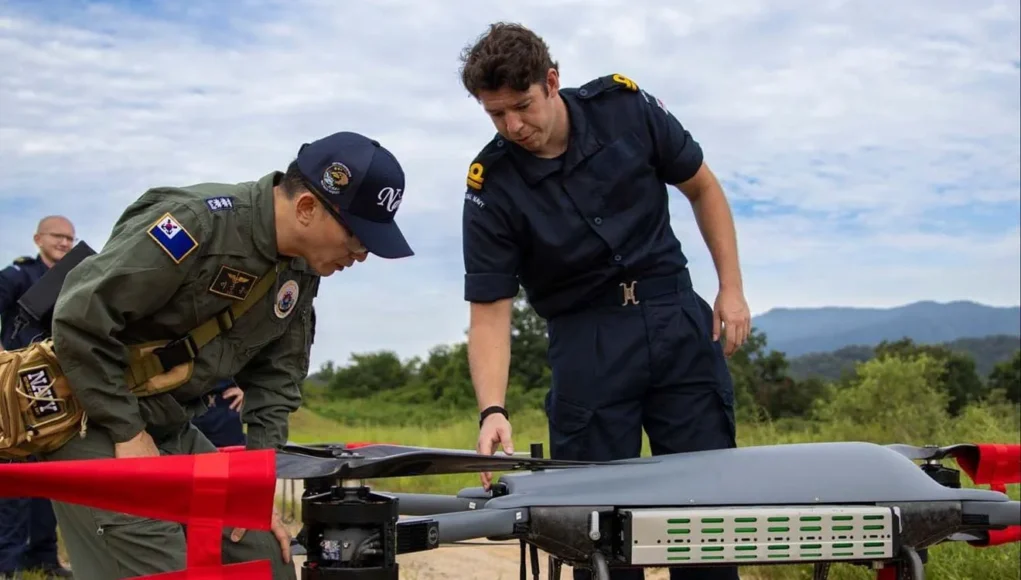
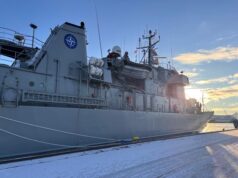

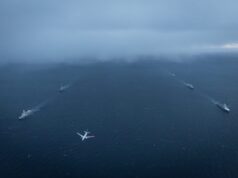
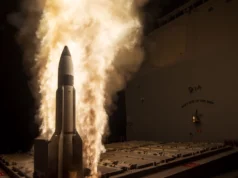
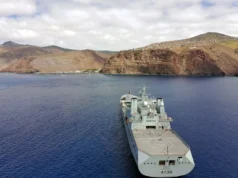
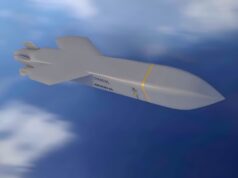
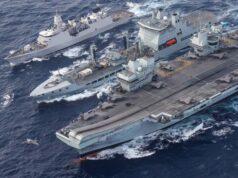
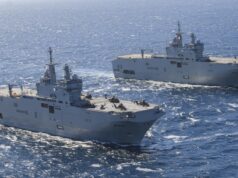

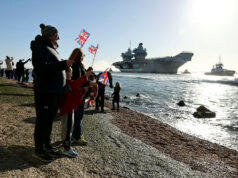

I wonder how automous flights between two ships in relative motion are programmed. The T150 won’t have the guidance sensors of a missile. Do they simply tell it to go where they think the destination ship will be after a particular flight time and hope/agree that the destination ship won’t do a course change? Then the destination ship picks up control. Even so you would still need to figure in the flight time which would vary depending on prevailing wind conditions. The drone could fly at suboptimal speed to ensure it makes a GPS rendezvous at any normal windspeed/direction, but is there an algorithm for it to make best speed that it can do on the fly? Perhaps instead the destination ship has a “beacon”. Perhaps they simply don’t fly beyond LOS. Perhaps “autonomy” software includes course corrections from a controlling ship, and while the system is autonomous, the drone isn’t.
At some point UAVs will be landing autonomously on USVs BLOS. A fun problem for the hybrid fleet, which I’m sure has been cracked.
My guess would be it uses the AIS transponder of the target ship to find it.
Good call, but would that work in dangerous areas when AIS is switched off? Perhaps that’s just a limitation.
My guess would be the drone’s autonomy would use AIS when enabled, which will be most of the time. But under wartime conditions where the AIS would be disabled, then maybe manual control. Though it might still be possible for autonomous control through optical recognition, laser designation etc.
So If I’m reading this correctly a Casualty would have to weigh less than 65kg’s.
Might need to make two trips then.
The Malloys are named for their payload in pounds. Casevac experiments used the T-400 drone.
So the size of a small Helicoptor then ?
I’m having trouble getting a response with a link past moderation, and my last comment in moderation is still there days later.
The T-400 still a quadcopter, maybe 2.5m on a side. Search for “The British are experimenting with the evacuation of the wounded using the Malloy T400 drone” from a couple of years ago for a YouTube vid.
Thanks Jon, I took a look after you replied, I see they have a range of options with various payload capacity.
Sweet mother of Jesus. More trials and statements of the obvious..
Now that they’ve established with forehead slapping profundity the blatantly obvious benefits of drone resupply, how many of these drones will be procured? Another 2 ?
None because we don’t have any Drone, Drone Delivery Drones to deliver them.
We will also need to train all the Drone Delivery Drone Crews.